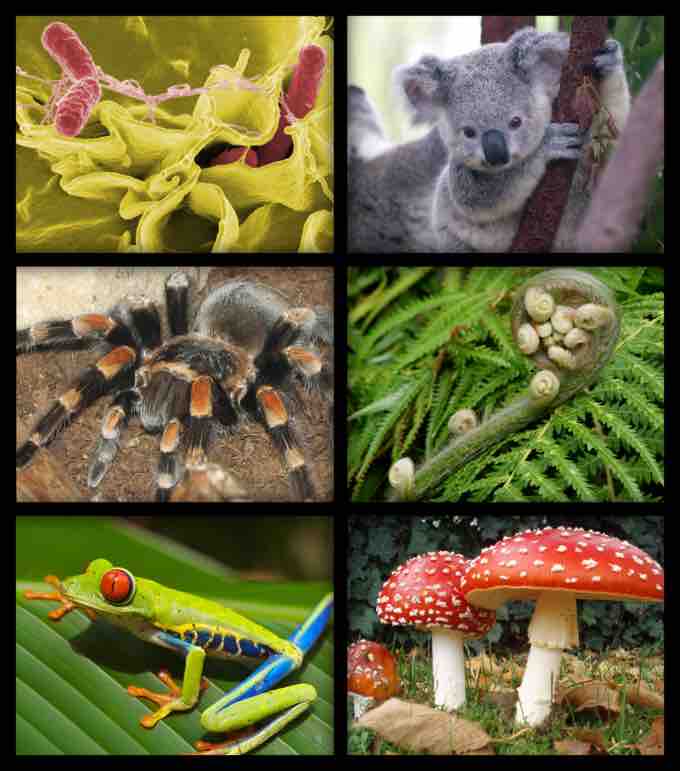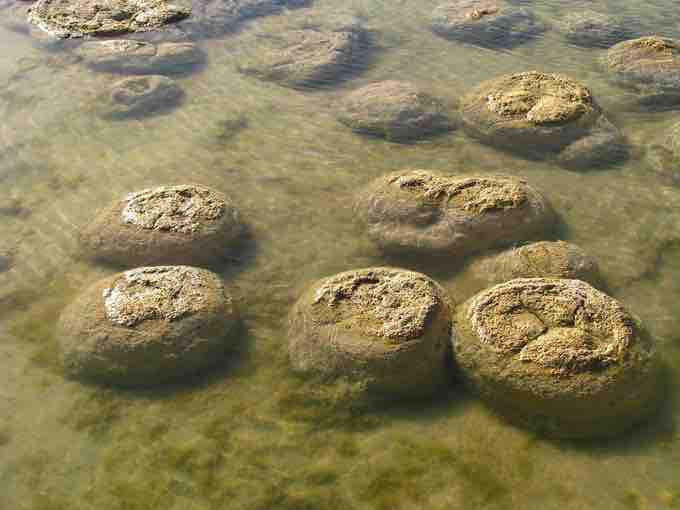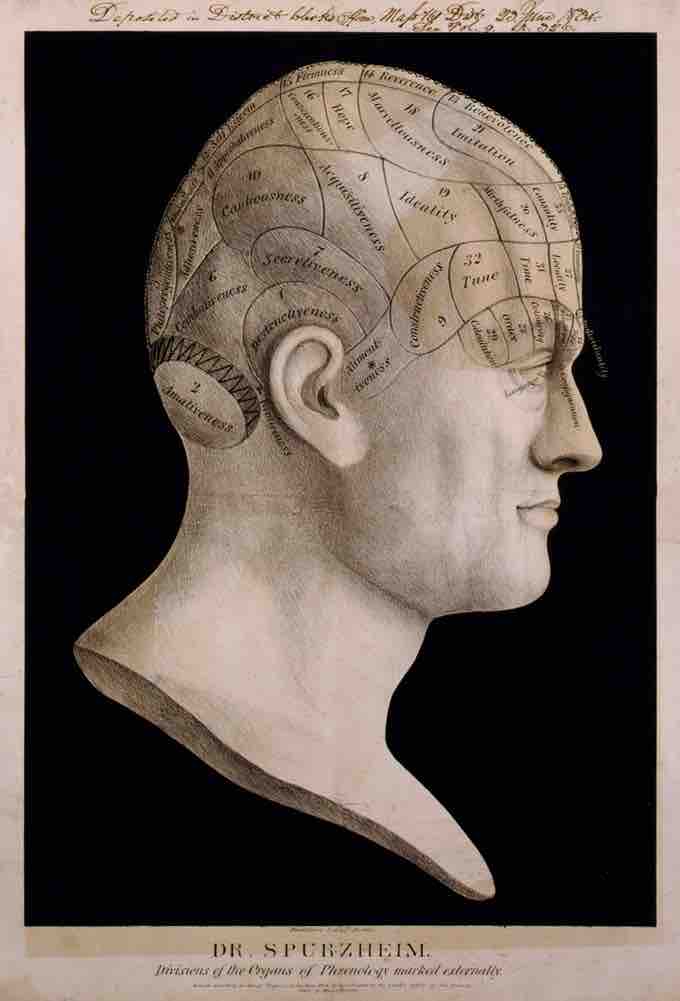The Study of Life
Biology is a natural science concerned with the study of life and living organisms. Modern biology is a vast and eclectic field composed of many specialized disciplines that study the structure, function, growth, distribution, evolution, or other features of living organisms. However, despite the broad scope of biology, there are certain general and unifying concepts that govern all study and research:
- the cell is the basic unit of life
- genes (consisting of DNA or RNA) are the basic unit of heredity
- evolution accounts for the unity and diversity seen among living organisms
- all organisms survive by consuming and transforming energy
- all organisms maintain a stable internal environment

Biology: The Study of Life
A collection of organisms clockwise from top left: bacteria, koala, fern, toadstool, tree frog, tarantula.
Biological research indicates the first forms of life on Earth were microorganisms that existed for billions of years before the evolution of larger organisms. The mammals, birds, and flowers so familiar to us are all relatively recent, originating within the last 200 million years. Modern-appearing humans, Homo sapiens, are a relatively new species, having inhabited this planet for only the last 200,000 years (approximately).

Stromatolites
Stromatolites, sedimentary accretions formed by the actions of cyanobacteria, provide fossil evidence of life on Earth about 3.5 billion years ago.
History of Biological Science
Although modern biology is a relatively recent development, sciences related to and included within it have been studied since ancient times. Natural philosophy was studied as early as the ancient civilizations of Mesopotamia, Egypt, the Indian subcontinent, and China. However, the origins of modern biology and its approach to the study of nature are most often traced back to ancient Greece (Biology is derived from the Greek word "bio" meaning "life" and the suffix "ology" meaning "study of").
Advances in microscopy also had a profound impact on biological thinking. In the early 19th century, a number of biologists pointed to the central importance of the cell and in 1838, Schleiden and Schwann began promoting the now universal ideas of the cell theory. Jean-Baptiste Lamarck was the first to present a coherent theory of evolution, although it was the British naturalist Charles Darwin who spread the theory of natural selection throughout the scientific community. In 1953, the discovery of the double helical structure of DNA marked the transition to the era of molecular genetics.
Science and Pseudoscience
Science is a process for learning about the natural world. Most scientific investigations involve the testing of potential answers to important research questions. For example, oncologists (cancer doctors) are interested in finding out why some cancers respond well to chemotherapy while others are unaffected. Based on their growing knowledge of molecular biology, some doctors suspect a connection between a patient's genetics and their response to chemotherapy. Many years of research have produced numerous scientific papers documenting the evidence for a connection between cancer, genetics, and treatment response. Once published, scientific information is available for anyone to read, learn from, or even question/dispute. This makes science an iterative, or cumulative, process, where previous research is used as the foundation for new research. Our current understanding of any issue in the sciences is the culmination of all previous work.
Pseudoscience is a belief presented as scientific although it is not a product of scientific investigation. Pseudoscience is often known as fringe or alternative science. It usually lacks the carefully-controlled and thoughtfully-interpreted experiments which provide the foundation of the natural sciences and which contribute to their advancement.

Phrenology: Dr. Spurzheim's divisions of the organs of phrenology marked externally
Phrenology is a pseudoscience that attempted to determine brain function and personality by analyzing an individual's skull.